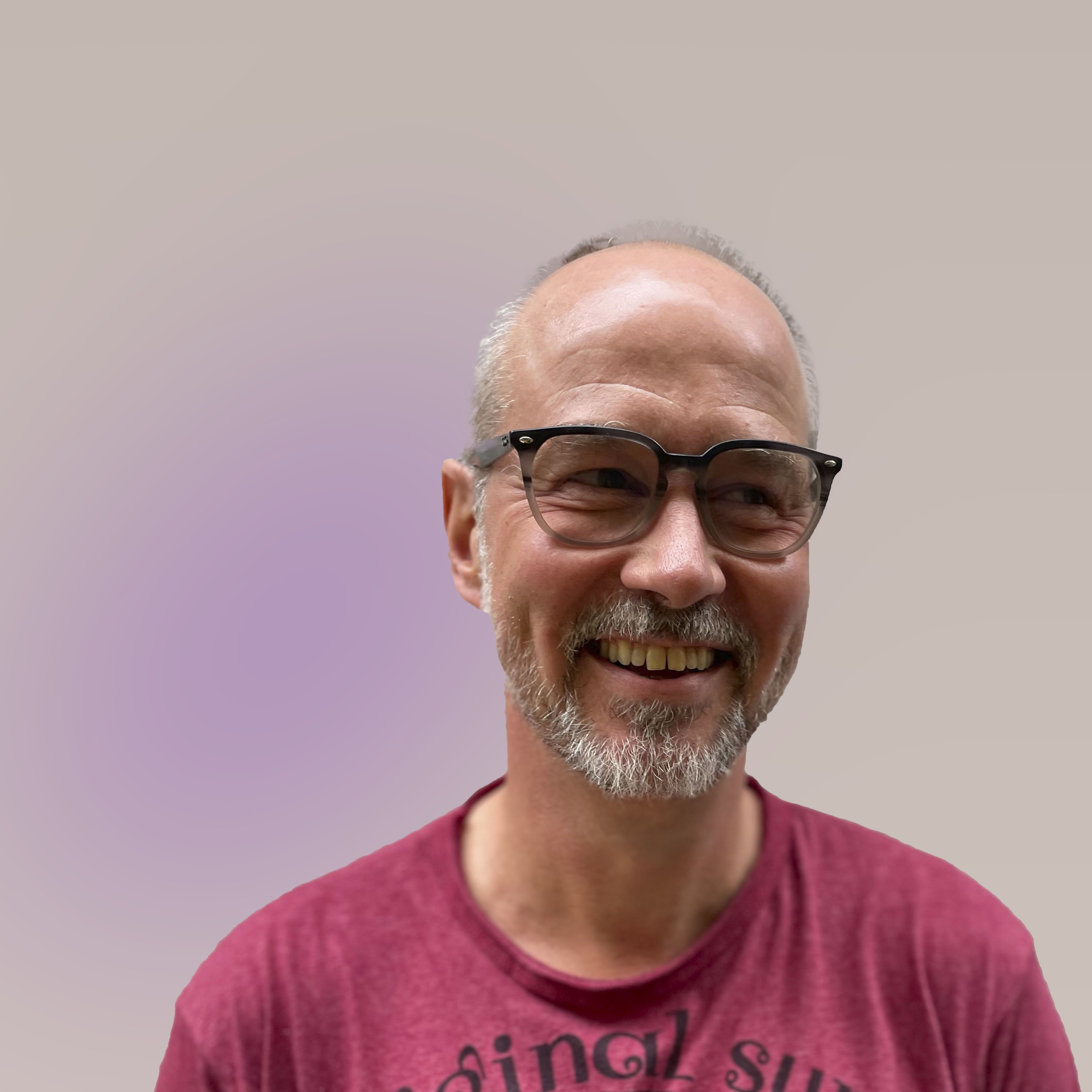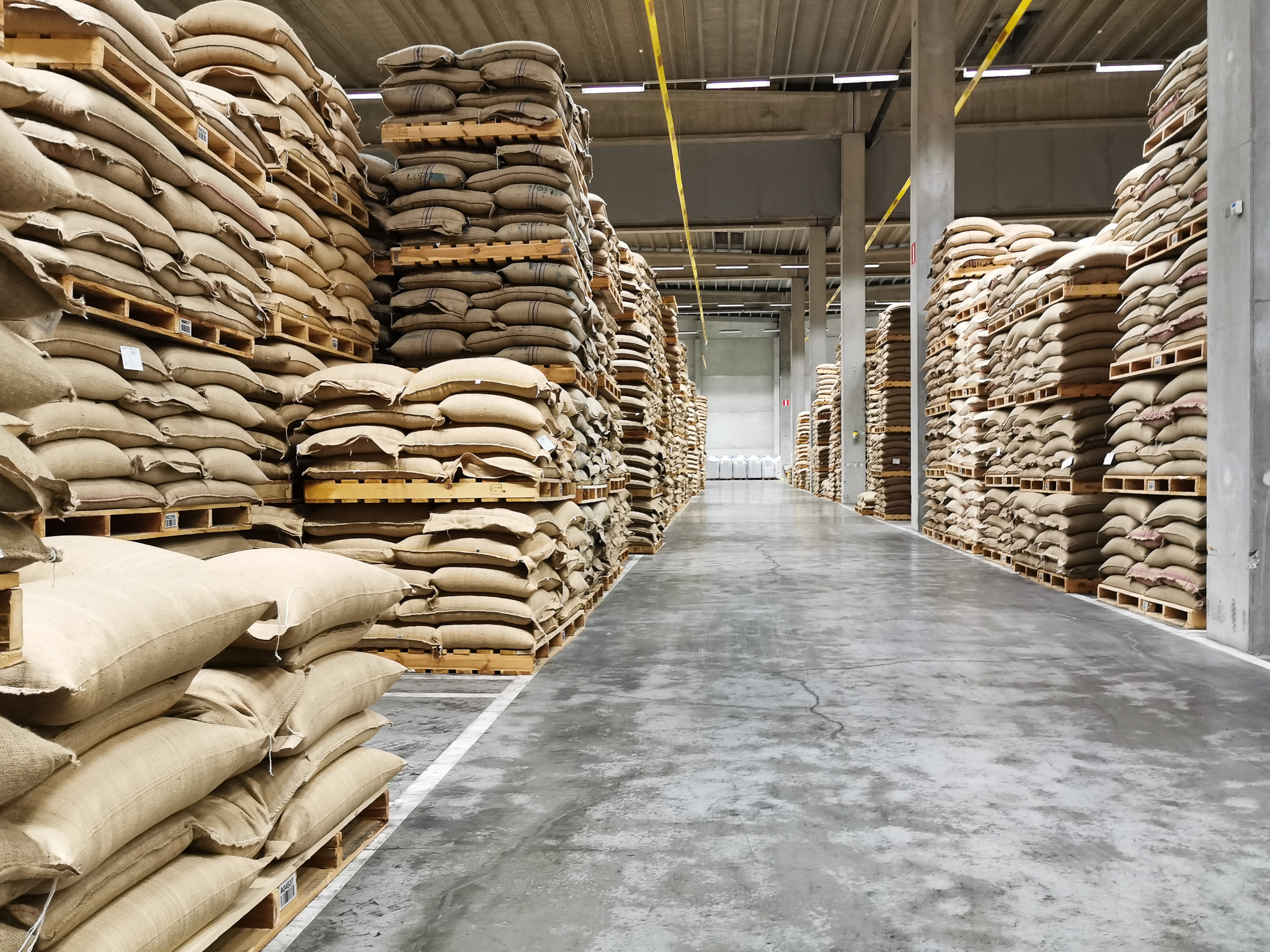Understanding Coffee Processing & Grading, Part 1
At Nordic Approach, our commitment to specialty coffee quality begins long before the beans reach a cupping table. It starts in the soil, in the hands of farmers, and in the nuanced decisions they make at every stage of cultivation and post-harvest processing. For newer buyers or those deepening their knowledge of specialty coffee, understanding how quality is built early on helps you buy more confidently and cup more critically.
The Pre-Harvest Puzzle
Everything begins with the flowers that turn into cherries, whose potential is shaped by environmental conditions and agronomic practices. Soil is often overlooked but is critical to plant health and resilience. Ideal coffee-growing soils are free-draining, deep, and slightly acidic (pH 5–6). Volcanic red earths or sandy loams rich in organic matter are optimal. Even with perfect soil, over-fertilization—especially with nitrogen—can dilute flavor and reduce cup quality.
Altitude also plays a key role. Higher elevations slow cherry maturation, allowing sugars and organic acids more time to develop. This produces denser, more complex beans. While excellent coffees can exist at lower altitudes, they often require unique microclimates and carefully adapted varieties.
Effective pest and disease management shapes final cup quality as well. Leaf rust, berry borers, and other threats can sap plant vitality. Beyond pesticides, organic farming practices, pruning, intercropping, and promoting predator insects help maintain plant health without compromising soil and biodiversity.
Harvest and Ripeness
Selective picking is the first human checkpoint in quality control. Only fully ripe cherries should enter a specialty lot. In Ethiopia and Kenya, hand-picking allows producers to select ripe fruit precisely. In Brazil and parts of Colombia, mechanical harvesters are used, but these require additional post-harvest sorting to remove under- and overripe cherries.
Under- or overripe cherries impact flavor, fermentation, and roast consistency, potentially lowering the score of an otherwise high-potential lot. Getting harvest timing right requires training, proper incentives, and sufficient labor.
Post-Harvest Processing — Where the Magic Happens
Once harvested, cherries must be processed. The chosen method dramatically affects flavor, body, and shelf life. Primary processing methods include washed, natural, and honey, while experimental techniques like anaerobic and carbonic maceration are increasingly used for specialty lots.
Washed (Wet) Process
The washed process emphasizes the seed. Cherries are pulped and mucilage removed through fermentation—either dry or in water tanks. Fermentation time, water temperature, and microbial activity all influence cup clarity. After fermentation, parchment is dried to 10–12% moisture on patios or raised beds, with careful attention to depth, movement, and resting conditions to ensure even drying and optimal flavor preservation.
Natural (Dry) Process
Naturals are dried with the pulp intact, requiring precise management to avoid mold, over-fermentation, or uneven drying. Cherries are laid in layers and turned regularly, with layer thickness affecting fermentation intensity. When managed correctly, naturals produce intensely fruity coffees; mismanagement can result in boozy, earthy, or phenolic notes.
Honey Process
This hybrid method removes the skin but retains some mucilage, creating a flavor profile between washed and natural coffees. Honey processing is common in Central America and highly sensitive to drying conditions.
Anaerobic & Carbonic Maceration
Experimental fermentations have gained popularity among producers seeking differentiation. Anaerobic processing seals cherries or pulped beans in oxygen-deprived tanks, encouraging microbial activity that enhances tropical, floral, or spice notes. Carbonic maceration, borrowed from winemaking, introduces CO₂ to whole cherries, promoting intracellular fermentation and producing aromatic, velvety coffees. Both methods require careful control of temperature, pH, and cherry quality to succeed.
In Understanding Coffee Processing & Grading Part 2, we’ll explore what happens after parchment drying, from dry milling and grading to export and final quality control.



.jpg)


